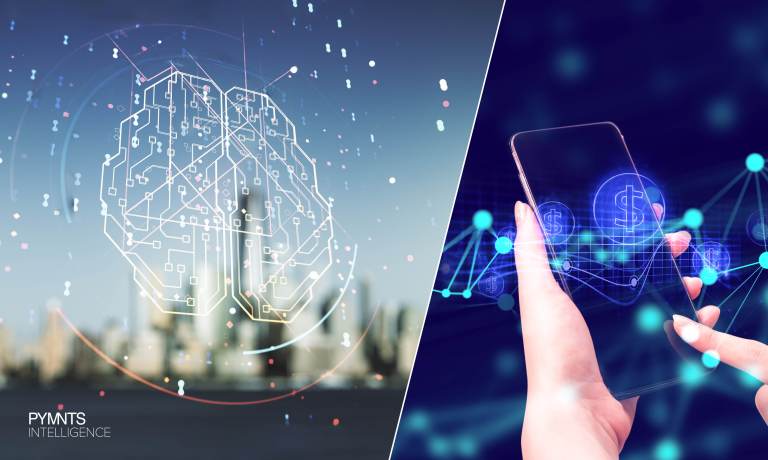84% of Business Leaders Believe Generative AI Will Positively Impact the Workforce

Businesses face uncertain times, with high borrowing costs and late payments igniting an urgent need to reduce operating expenses and improve cash flow. One key solution is upgrading and streamlining costly legacy and manual methods that still comprise the bulk of business-to-business (B2B) payment processes. Against this backdrop, artificial intelligence technology has emerged as a virtual silver bullet. Potential payments applications range from enhancing transaction efficiency to improving fraud detection to personalizing the customer experience. And that’s just the beginning.![]()
While it is tempting to view this technology as a one-size-fits-all solution to business payment problems, numerous caveats come with the technology’s use. Firms embarking on its implementation for payments must be conversant with its exact indications — as well as its warning labels.
The “Working Capital Tracker®” sorts the myths from the realities of artificial intelligence’s growing list of hopes and concerns for the payments industry and explains how businesses can wisely leverage the technology.
AI Can Speed Payments and Fight Fraud
The B2B payments industry has traditionally been slow to innovate. Still, the impact of the pandemic, technology advancements, consumer demand, regulatory support and economic urgency have combined, setting the stage for a new era in digital payments based on intelligent machines. The benefits of AI are hard to ignore. These systems improve payment speed and offer a superior tool for fraud detection. The technology can take customer-centricity to new heights and offer more accurate predictions than standard technologies.![]()
Implementation Brings Challenges on Many Fronts
Despite all the benefits of AI, challenges abound that constrain wider implementation. The systems require high-caliber training data from which their algorithms can learn. But preparing this data is a time-consuming obstacle for businesses. Data integration is another expensive hurdle. With most companies still relying on technologically outdated legacy systems, establishing the infrastructure needed to accommodate AI systems can be a tall task for many businesses.
Because of these constraints, most companies will not, for example, build their own large language models (LLMs) for generative AI. Most B2B software-as-a-service (SaaS) companies will use ready-made foundational models. Still, the data fed to these models must align with data privacy and transparency compliance and ethical concerns.
Support or Substitute? The Role of Generative AI in the Workplace
![]() There are widespread worries that this technology is here to replace the labor force in some industries. However, most companies, regardless of vertical, have trouble processing payments the manual way. Incorporating AI into payments can streamline operations and boost fraud-fighting efforts. Combined with ML, the two technologies can sort through large data sets in real time, providing firms with the information needed to execute payments safely or stop them as needed. This technology can also circumvent human error by reading both paper-based and scanned invoices, allowing companies to handle more invoices than financial professionals would be able to process.
There are widespread worries that this technology is here to replace the labor force in some industries. However, most companies, regardless of vertical, have trouble processing payments the manual way. Incorporating AI into payments can streamline operations and boost fraud-fighting efforts. Combined with ML, the two technologies can sort through large data sets in real time, providing firms with the information needed to execute payments safely or stop them as needed. This technology can also circumvent human error by reading both paper-based and scanned invoices, allowing companies to handle more invoices than financial professionals would be able to process.
Like any technological advancement, AI is disruptive and could have a significant impact on the labor force. However, its operation still requires human management, creating a demand for labor with new skill sets. In a recent survey, 84% of business leaders believed that generative AI would have a positive impact on their workforces, and 97% said the technology would free their employees to take on a more thoughtful and creative role in the workplace.
About the Tracker
The “Working Capital Tracker®,” a collaboration with Billtrust, sorts the myths from the realities of AI’s growing list of hopes and concerns for the payments industry and explains how businesses can leverage the technology wisely.